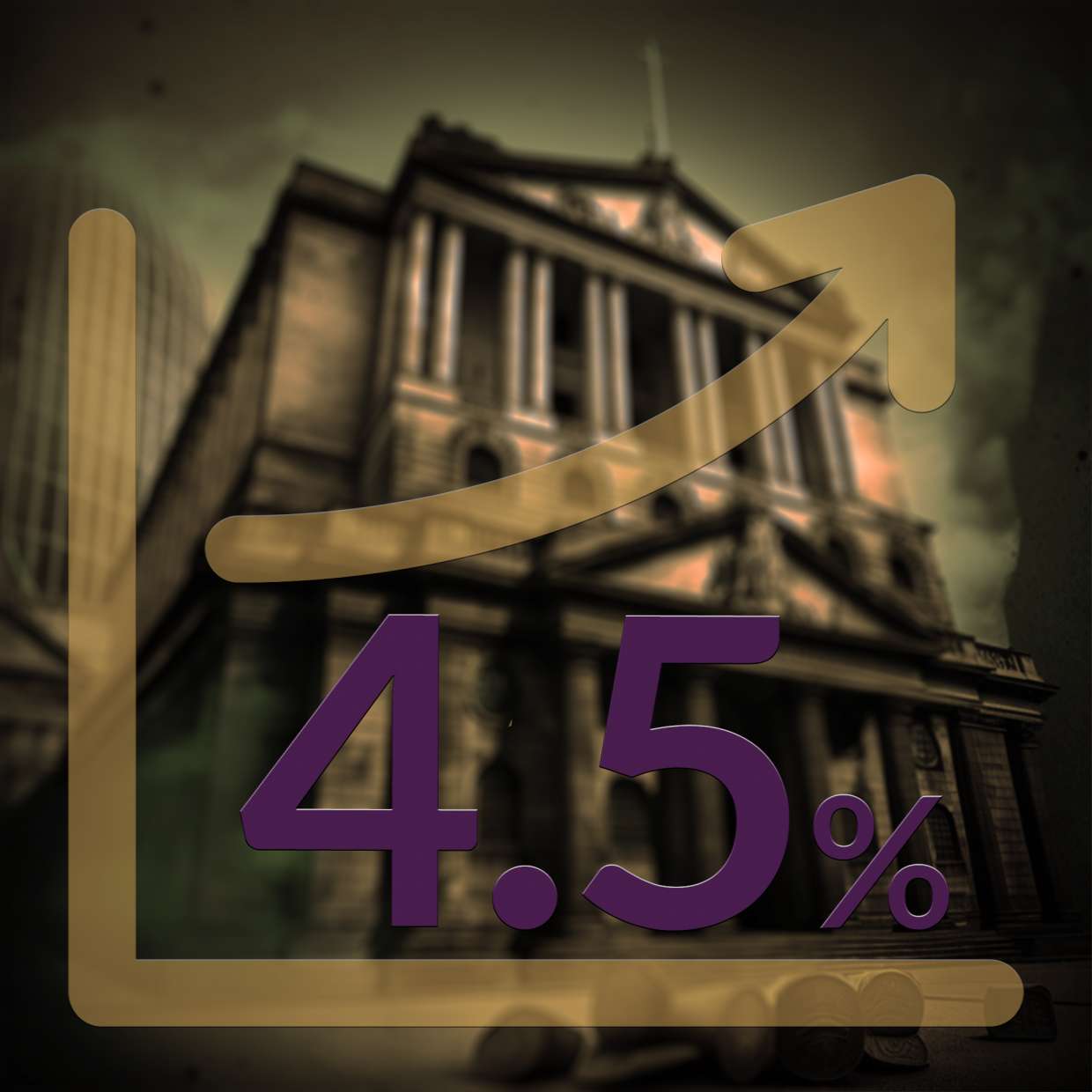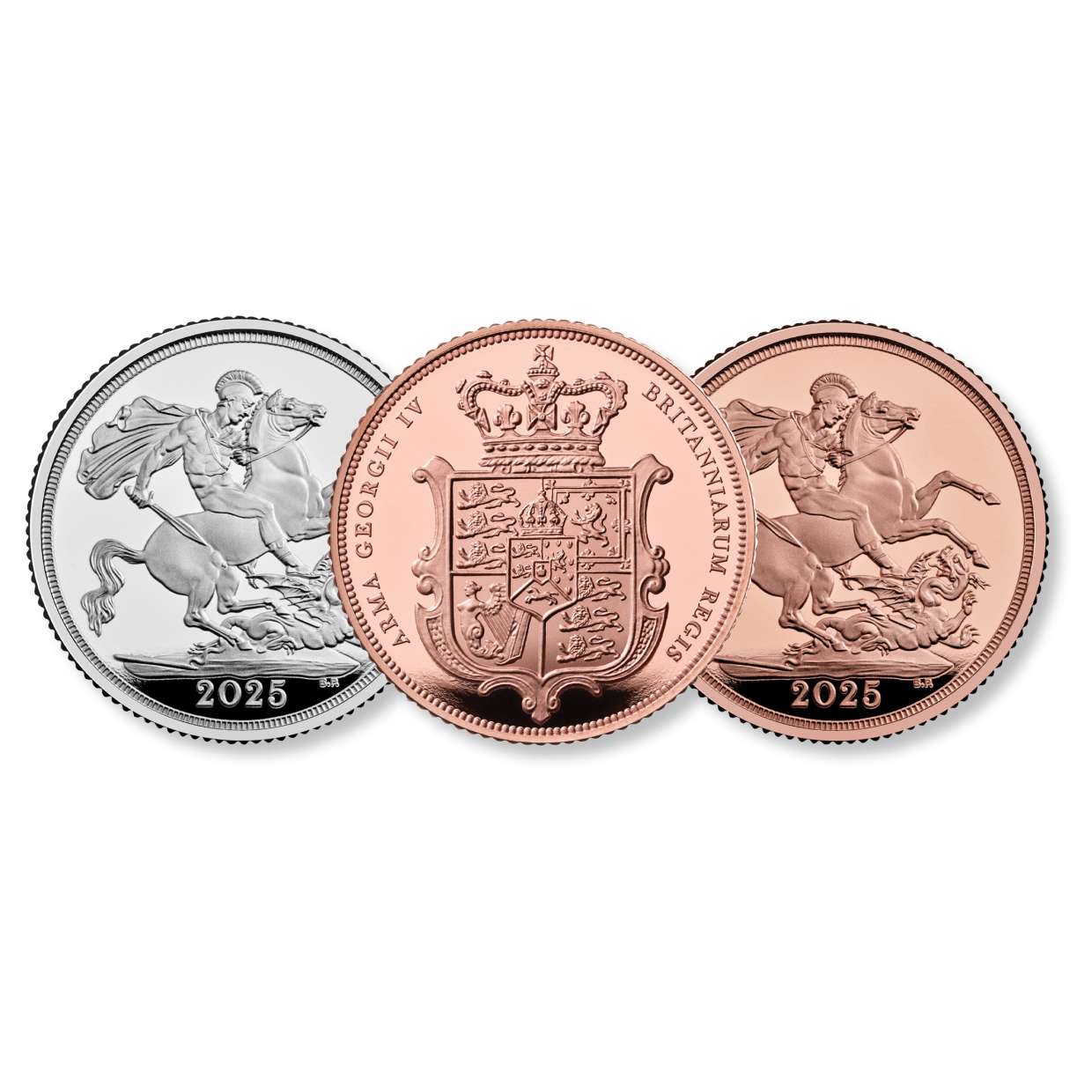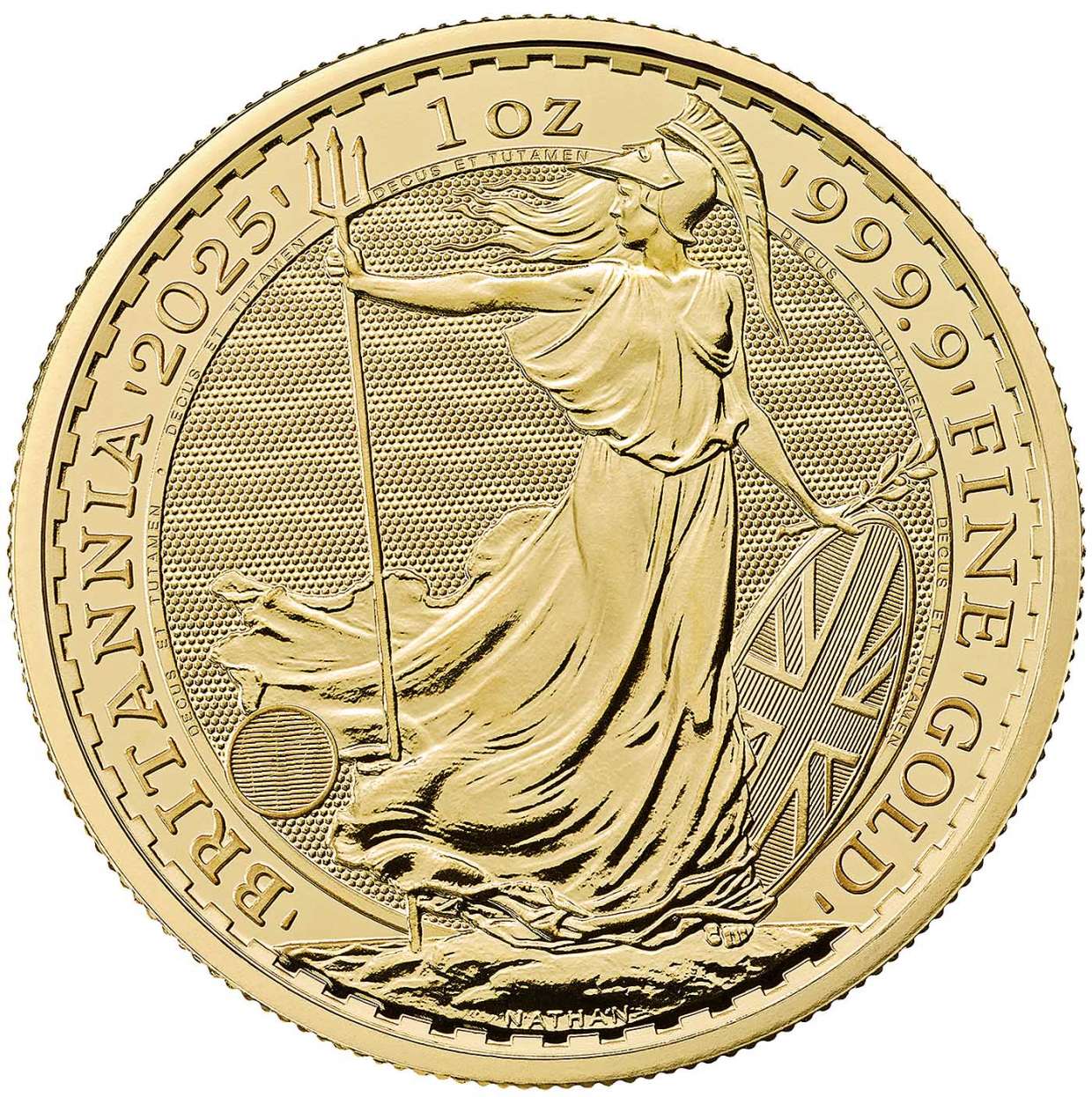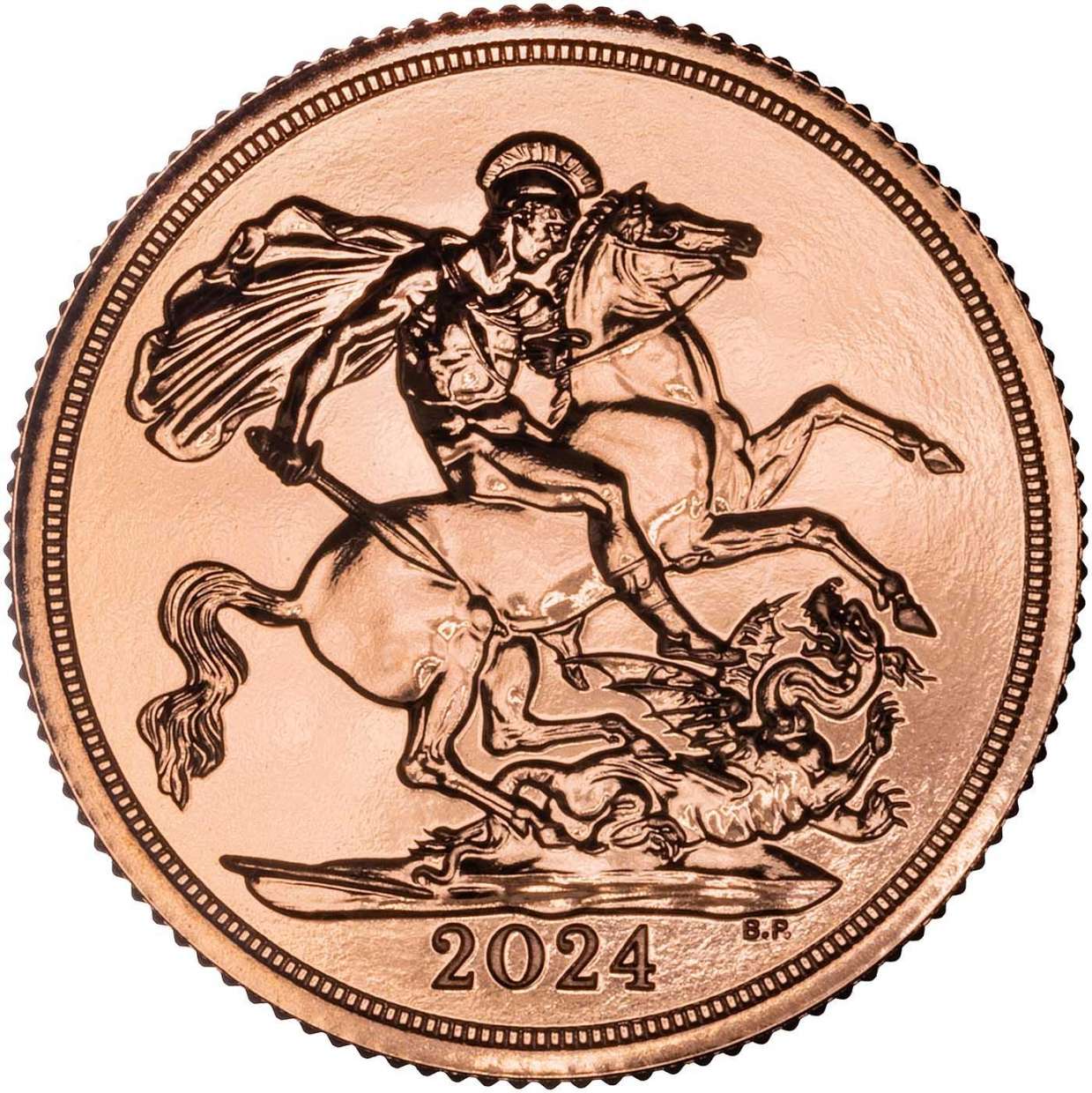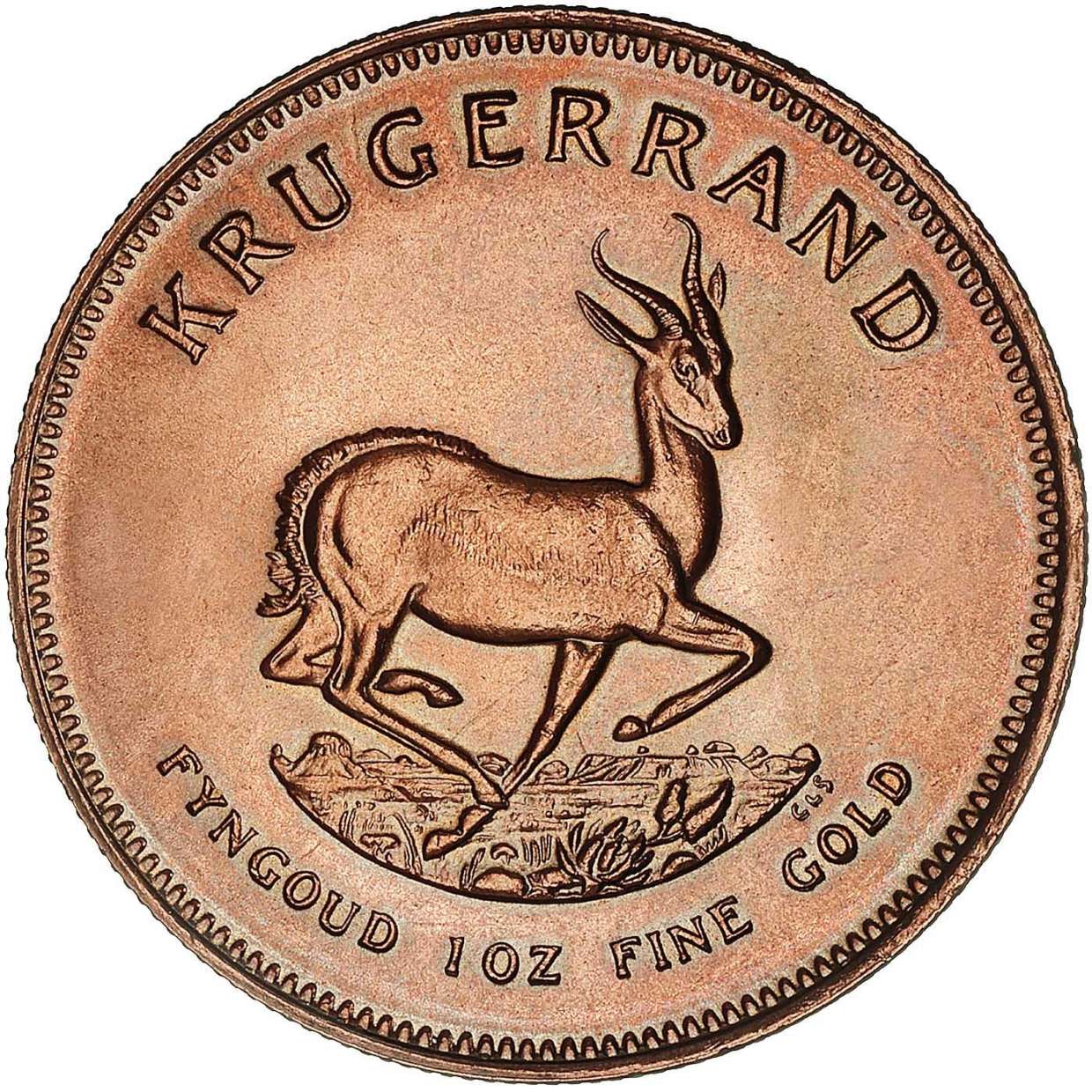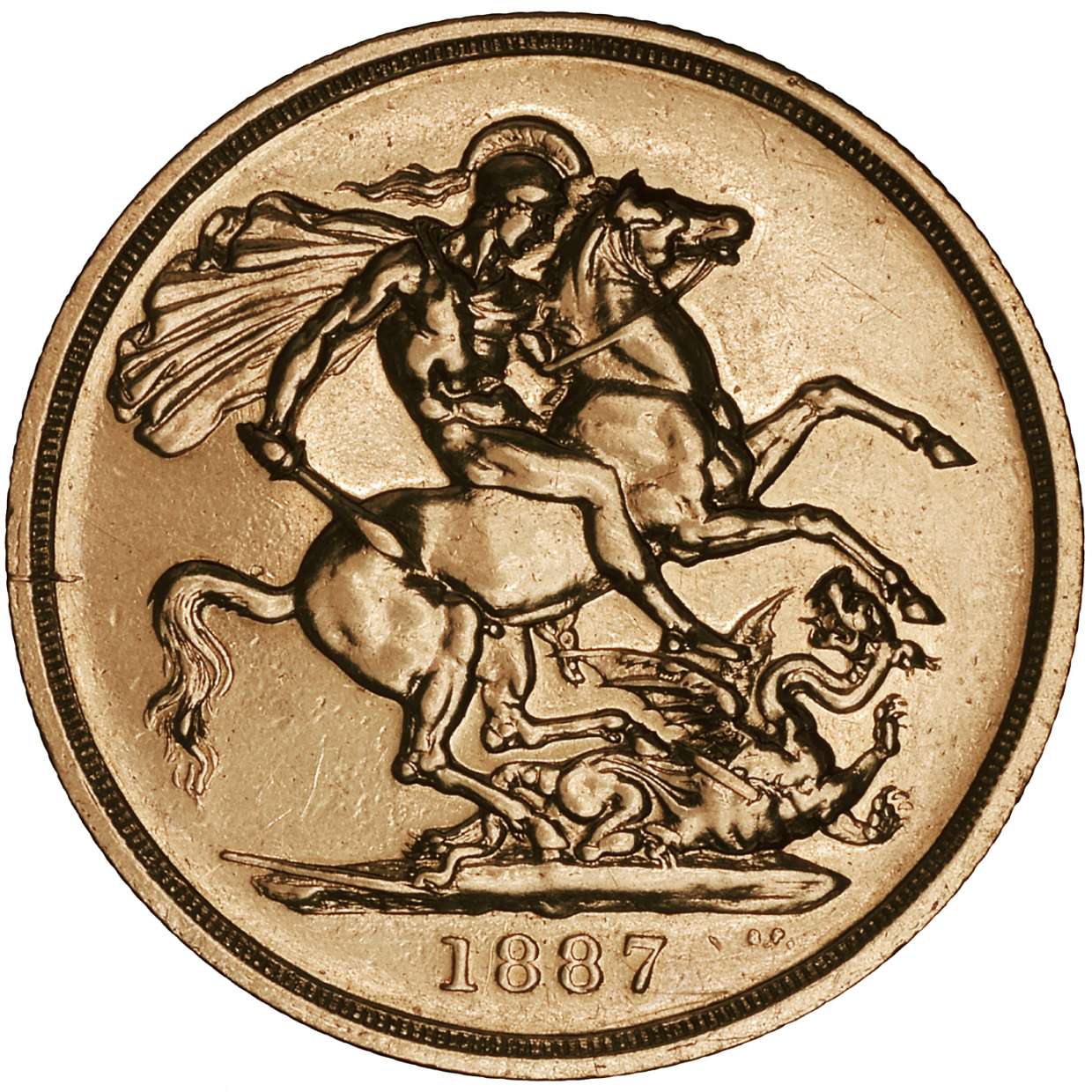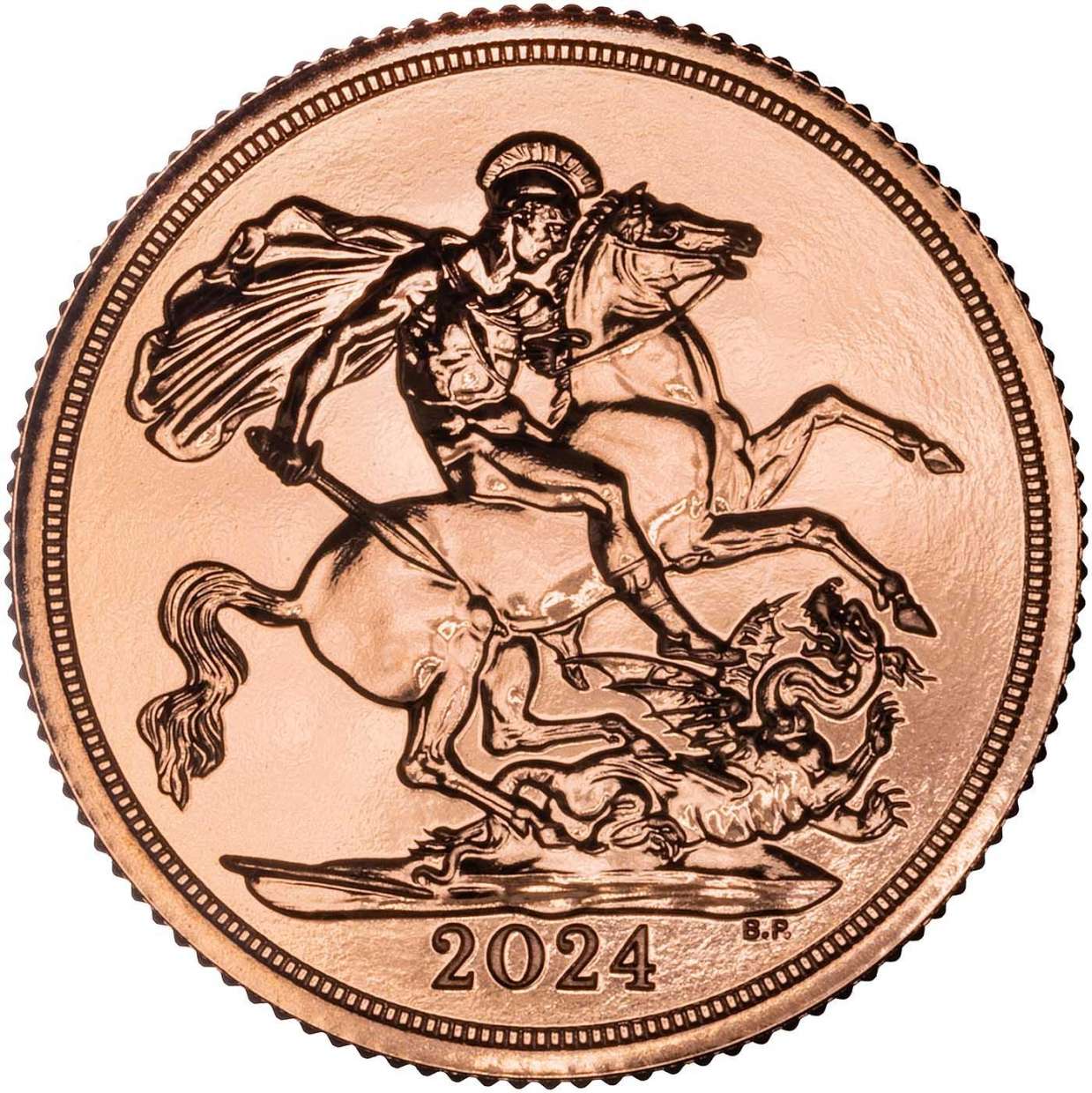UK Interest Rate History
Synopsis
The UK's interest rate history has seen significant fluctuations, with rates remaining stable during the 18th century before becoming increasingly volatile. Recent changes have aimed to control inflation and support the economy, but their impact on different sectors remains uncertain. As the UK economy evolves and faces new challenges, policymakers must carefully consider the potential impact of changes in interest rates to ensure they continue to support the economy effectively.

Key Takeaways
- Interest rates in the UK have been volatile throughout history, with stable rates during the 18th century.
- In 1979, the incoming Margaret Thatcher administration raised interest rates to 17% to combat rising inflation.
- The Bank of England assumed control of the setting of the base interest rate in 1997.
- The global financial crisis of 2008 marked a significant turning point, with interest rates falling to their lowest level in 300 years.
- Recent changes in interest rates aim to control inflation and support the economy.
- The future of interest rates and their impact on the UK economy remains uncertain.
What Is the Current Base Rate in the UK?
The current Bank of England base rate is 5.25%.
The base rate has undergone a significant increase over the last year. To aid the economy during the impact of the coronavirus, the base rate plummeted to its lowest ever point of 0.1% in March 2020 and continued at that level until November 2021.
Following this period, the base rate began to rise steadily, achieving 0.75% by March 2022, 2.25% by September, 3% In November 2022, and peaking at 3.5% by the year's end, representing the highest rate in over a decade. The Monetary Policy Committee (MPC) responsible for rate-setting did not convene in January; however, they still raised the rates by 0.5 points in February 2023, leaving them at 4%. Moreover, in March, the base rate rose by 0.25 percentage points, bringing it to 4.25%.
Furthermore, on Thursday 11th May, 2023, the base rate was 4.5% after another 0.25 percentage point increase. Today on Thursday 22nd May 2023, the base rate is 5% after another 0.5 percentage point increases. Interest rates did not stop there. On August 3rd, 2023, the base rate was raised by an additional 0.25 percentage points to 5.25%, marking the highest rate seen since February 2008 during the UK financial crisis. On the same day, it was confirmed that 6 out of the 9 members of the monetary policy committee voted for a 1/4 percentage point increase, 2 members wanted a 0.5 increase, while 1 member chose to abstain from the increase.
On September 21, 2023, the base rate was left unchanged, remaining at 5.25%. This marked the first occasion in the last fifteen monetary policy meetings that interest rates did not increase, dating back to December 2021.

Bank of England Base Rate - 2008 Onwards
| Date | Rate % | Percentage Point Change |
| Jan-08 | 5.50% | 0 |
| Feb-08 | 5.25% | - 0.25% |
| Apr-08 | 5% | - 0.25% |
| Oct-08 | 4.50% | - 0.5% |
| Nov-08 | 3% | - 1.50% |
| Dec-08 | 2% | - 1% |
| Jan-09 | 1.50% | - 0.50% |
| Feb-09 | 1% | - 0.50% |
| Mar-09 | 0.50% | - 0.50% |
| Aug-16 | 0.25% | - 0.25% |
| Nov-17 | 0.50% | - 0.25% |
| Aug-18 | 0.75% | - 0.25% |
| Mar-20 | 0.25% | - 0.50% |
| 19-Mar-20 | 0.10% | - 0.15% |
| Dec-21 | 0.25% | + 0.15% |
| Feb-22 | 0.50% | + 0.15% |
| Mar-22 | 0.75% | + 0.25% |
| May-22 | 1% | + 0.25% |
| Jun-22 | 1.25% | + 0.25% |
| Aug-22 | 1.75% | + 0.50% |
| Sep-22 | 2.25% | + 0.50% |
| Dec-22 | 3.50% | + 1.25% |
| Feb-23 | 4% | + 0.50% |
| Mar-23 | 4.25% | + 0.25% |
| May-23 | 4.50% | + 0.25% |
| Jun-23 | 5.00% | + 0.50% |
| Aug-23 | 5.25% | + 0.25% |
| (Sep-23 - Jun-24) | 5.25% | - |
Bank of England Base Rate / Percentage Point Change - 2008 Onwards
The Fascinating Evolution of the UK’s Interest Rate History
The UK's interest rate history is a captivating topic, tracing the development of the country's financial system over time. The evolution of interest rates began in the 18th century when rates were stable, typically remaining around 4-5% regardless of the issue. However, the emergence of more complex financial instruments during the 19th century led to greater volatility, with interest rates fluctuating between 4 and 10%. This instability continued throughout the 20th century, with interest rates fluctuating between 5 and 10%.

Major UK Inflation Events In The Last 50 Years
- Thatcher Administration
- Black Wednesday
- Blair and Browns Dealings
- Global Financial Crisis
- Covid-19
The Thatcher Administration and the Rise to 17%
One of the most significant turning points in the UK's interest rate history occurred in 1979 when Margaret Thatcher's incoming administration raised interest rates to 17% as a tool to combat inflation, which had been steadily rising at the time. While this move successfully reduced inflation, critics argued that it had a negative impact on UK manufacturing exports. Interest rates then began to rise again towards the end of the 1980s, partly in response to house price increases.
Black Wednesday and the Rise to 12%
The UK's interest rate history took another dramatic turn in 1992 when the country withdrew from the European Exchange Rate Mechanism, an event known as "Black Wednesday." The Bank of England's base rate interest rose from 10% to 12%, and then Prime Minister John Major promised to raise the rate further to 15%. However, the government eventually reduced interest rates back to 10%.
Blair and Brown’s Impact on Interest Rate Regime
In 1997, Tony Blair's administration made significant changes to the UK's interest rate regime. Together with Chancellor Gordon Brown, Blair handed control of the setting of the base interest rate to the independent Bank of England, which was tasked with setting interest rates to achieve the government's inflation target.
Between 2003 and 2007, the UK experienced a significant interest rate rise in response to an over-inflating economy. The interest rate increased from 3.5% in July 2003 to 5.75% in July 2007.
The Impact of the Global Financial Crisis
The global financial crisis of 2008 marked a significant turning point in the UK's interest rate history. Interest rates consistently remained under 6%, and the base rate fell to its lowest level in 300 years. It sat at 5.75% in July 2007, falling dramatically to just 0.5% by March 2009. The rate fell again in August 2016 to 0.25%, benefiting all homebuyers. The interest rate rose slightly back to 0.5% by November 2017, and again to 0.75% in August 2018.

The Impact of COVID-19 and the Historic Low of 0.10%
In 2020, the Bank of England reduced the base rate to a historic low of 0.10% in response to the Coronavirus pandemic, aiming to provide cheaper borrowing costs to households and businesses affected by the crisis. This historic low of 0.10% marked the lowest interest rates in the Bank of England's 325-year history. The move was aimed at providing financial relief to households and businesses affected by the pandemic, reducing borrowing costs, and stimulating economic activity. For new homebuyers who borrowed mortgages at a fixed rate, interest rates and mortgage payments were at historically low levels, providing a significant financial benefit.
However, the low-interest rates also had unintended consequences, such as reducing the returns on savings accounts and pension funds, impacting savers' purchasing power and financial planning. Moreover, with the COVID-19 pandemic resulting in reduced economic activity, businesses faced declining revenues and employment prospects, leading to the need for government support and stimulus.

With the UK economy slowly recovering from the pandemic's impacts, the Bank of England has started to raise interest rates to support economic growth and control inflation. In November 2022, the Monetary Policy Committee voted to increase the base rate by 0.75%, the biggest single rise in the cost of borrowing since 1989, aiming to control inflation and support the economy.
The Impact of Inflation on Interest Rates
Inflation is one of the primary drivers of changes in interest rates. When inflation rises above the target set by the Bank of England, policymakers tend to raise interest rates to curb inflation and maintain price stability. This is because high inflation reduces the purchasing power of consumers, leading to a decline in economic activity and a decrease in the value of the currency. The recent surge in inflation in the UK has led to a series of interest rate hikes by the Bank of England.
Higher interest rates can help control inflation by reducing borrowing, consumption, and investment, which slows down economic growth and reduces demand for goods and services, helping to stabilise prices. Higher interest rates also tend to strengthen the exchange rate, making exports less competitive and reducing economic activity. However, the impact of interest rate hikes on the economy can be complex and far-reaching, and policymakers must consider the potential impact of interest rate hikes on different sectors of the economy.
Gold As Hedge Against Inflation
Buying gold from a trusted dealer like Chards Gold and Bullion Dealer is a great option. Chards offers a wide range of gold bullion products from trusted mints around the world, including the British Royal Mint, Perth Mint, and US Mint.
Chards has been in the gold and bullion industry for over 59 years, and is a trusted source for high-quality gold coins and bars. They offer competitive prices, with no hidden fees or commissions, and have a team of experts available to help guide customers through the buying process.
Investing in gold is a great way to diversify your portfolio and protect your wealth, and buying from a reputable dealer like Chards ensures that you are getting a high-quality product that retains its value over time. Whether you are a seasoned investor or just starting out, Chards Gold and Bullion Dealer is a great option for buying gold.
Related Articles
This guide and its content is copyright of Chard (1964) Ltd - © Chard (1964) Ltd 2024. All rights reserved. Any redistribution or reproduction of part or all of the contents in any form is prohibited.
We are not financial advisers and we would always recommend that you consult with one prior to making any investment decision.
You can read more about copyright or our advice disclaimer on these links.



